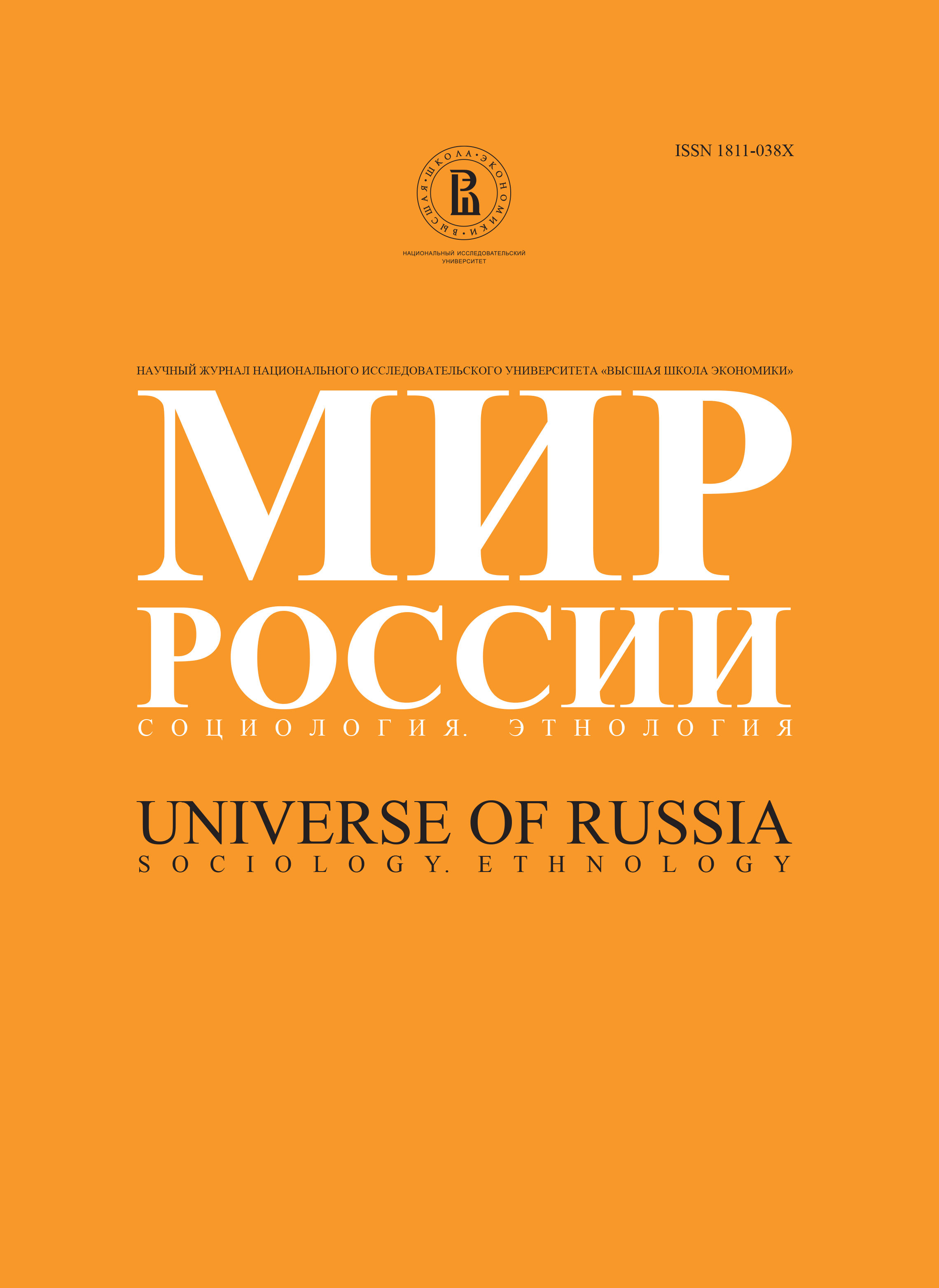Transformation of Russia and Ukraine: The Social Bases of Reform and Anti-Reform
Abstract
This paper considers the social basis of the transformation in Russia and Ukraine. This study does not substantiate the widely accepted views of the ‘decline of class’ as a form of social identification. People have many identities, social class being one of the most import of them. Moreover, there is a common pattern of class linked ideological orientations in Russia and Ukraine. Occupational position, age, and to a lesser extent, gender, place and size of area of living are systematically linked to political ideology on a right-left basis. While there is generalized support for a ‘market system’, it is strongly infused with backing for state activity –giving social-democratic ideas the most widespread support with respect to the reform process. ‘Class matters’: no other variable is found to be as consistently associated with ideological position as class. ‘Left’ views were subscribed to by the industrial and agricultural workers, especially women among them, and older people. The ‘right’ was constituted predominantly by the new entrepreneurial/management classes and students, and concentrated in the urban areas (especially Moscow and St Petersburg). The positive identification with the market by students is a remarkable indication of the link between aspiring members of the bourgeois classes and marketisation. There is one main difference between Russia and Ukraine – a distinct regional bias of the Western Ukraine towards patriotic ideology and more right wing policies. This association, however, is compounded by a more peasant and rural population and a less industrial social structure.The consequences of transformation have left a considerable part of the population, concentrated in the lower classes and sections of the previous socialist intelligentsia, with a feeling of loss and opposition to reform. In the former state socialist societies there have been rising levels of tension. As dislike of the consequences of reform is widespread, why has there been relatively little political opposition? Part of the answer lies in the organization of protest and the articulation of an alternative strategy. There is little evidence of wide-scale popularly based oppositional class movements – as opposed to the developing associations of businessmen and entrepreneurs. Political parties are weak, with ineffective levels of support and small memberships.
(Many protest movements, such as the ‘coloured’ revolutions have been financed and supported by foreign organisations – supporting movements for market reform and pluralist political organisation.) The new managerial and business classes have a keen sense of class interest indicated by support for a market system, though there is considerable backing for state involvement – an indication of a lack of confidence. Opposition has been directed at non class actors: the state administration, authority figures and national identities have become a political focus for many.
Another explanation of the weakness of social movements of protest is to be found in the forms of intermediary groups constituting civil society – both before and following state socialism. The economic space has not been filled by autonomous capitalist entrepreneurs in any significant numbers. Though social networks in state socialism were far greater than recognised in much of the civil society literature, they were to a considerable extent dependent on the state – either directly or indirectly. The communist opposition has inherited and been weakened by this legacy. The creation ‘from the top’ of civil society organisations, sponsored by the West in the post-communist period, has been relatively unsuccessful and civil society associations without foreign donor support have remained fragile. ‘Civil society’ organisations, moreover, have had a neo-conservative function of weakening state institutions and replacing them with charities, voluntary associations and privatised ‘service providers’. Despite the high formal membership of trade unions, they are largely de-ideologised and economistic in orientation. There is a defensive bourgeois class. Civil society networks can provide the ballast not only for stable democracies but also for political opposition, protest and change. The weakness of civil society has prevented the rise of counter elites and social movements by the dispossessed and others opposed to the introduction of the market and private property. There is clearly a potential for counter revolution in the unstable social conditions of Ukraine and Russia’. It is therefore leadership, organisation and a counter ideology to the reform programme which is lacking – not forms of class consciousness. The political stability of the post-socialist countries has been due to an elite consensus which has not only guided these countries to a market type society, but has also neutralised ideological opposition.






